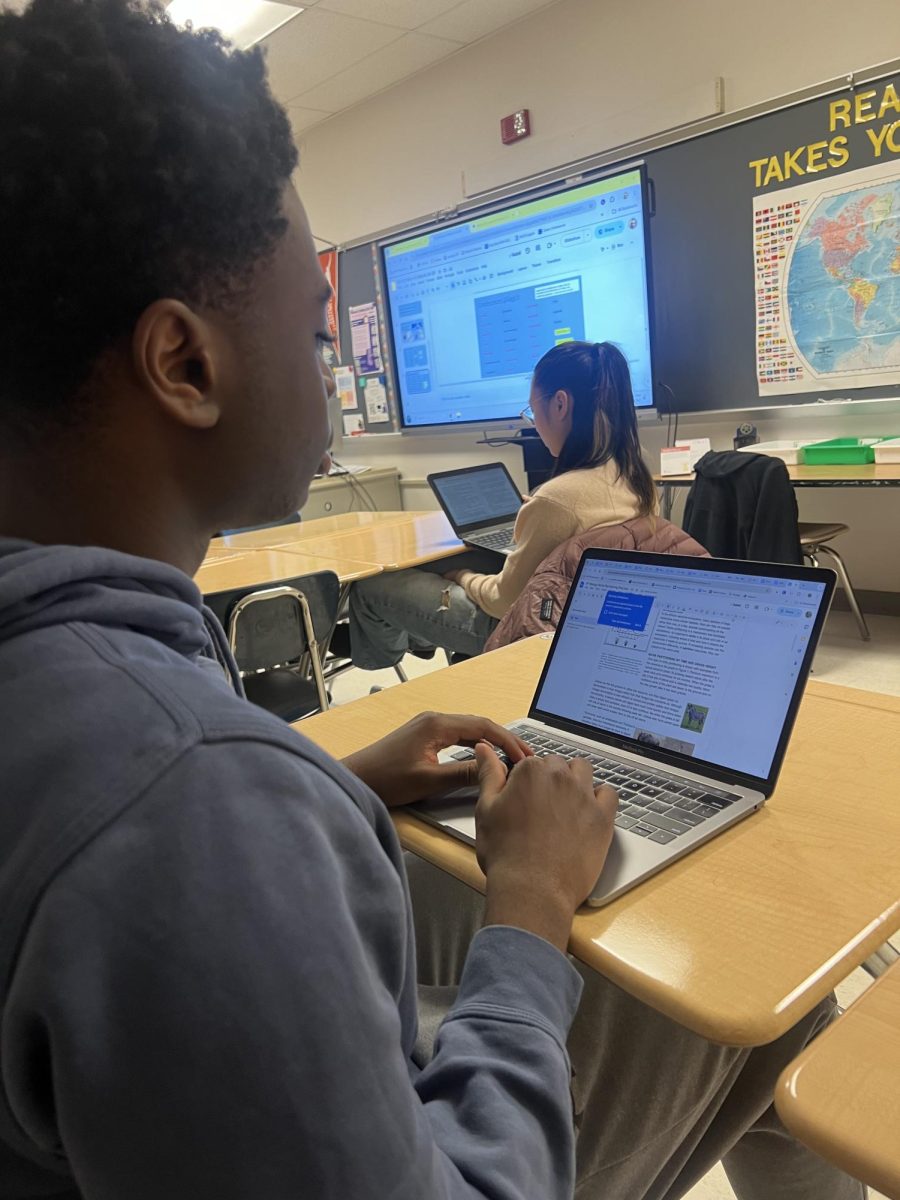Slugging textbooks to and from school can be a pain, both figuratively and literally, and in a new world immersed in technology, tablets should be allowed in classrooms in order to fit modern culture.
Textbooks are becoming a thing of the past as schools start to incorporate more technology in the form of tablets into the classroom. CHS should incorporate tablets for students because tablets weigh less than textbooks, help students learn more material faster, and e-book textbooks cost less than regular textbooks.
Textbooks weigh drastically more than tablets.
According to an April 2012 peer-reviewed study in Archives of Disease in Childhood, the average student’s backpack that is filled with three to four textbooks is 15.4 pounds. The average weight of a tablet is 0.75 to two pounds, and tablets can store multiple textbooks on one device, making it all the more versatile.
Also, the technology of tablets helps students learn more material faster.
According to the US Department of Education and studies by the National Training and Simulation Association, technology-based instruction helps students learn an objective faster by 30-80%.
Additionally, the price of e-textbooks purchased on tablets cost much less than a paper textbook.
According to the Leading Education by Advancing Digital Commission, switching to tablets for student textbooks will save schools about $250 per student per year. This includes the price of the devices and the set-up needed to use them.
Although some people argue that tablets can cause too many distractions while being used in class, strict rules can be implemented to stop tablet use for games while in the classroom.
As technology becomes an ever-growing part of our lives, CHS should start becoming more technologically savvy and switch from textbooks to tablets.







